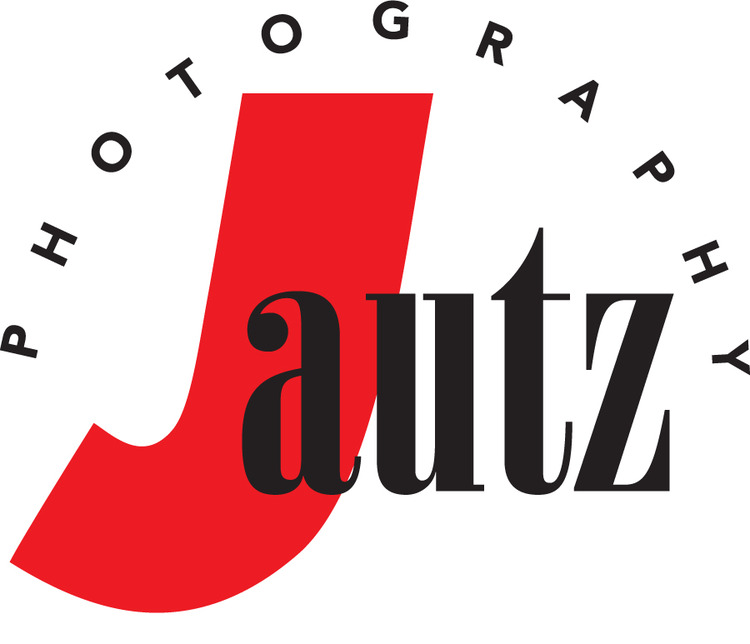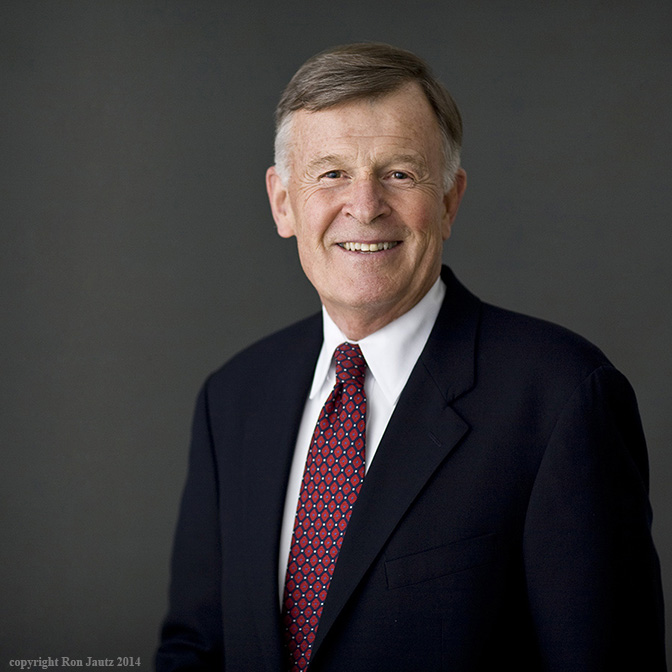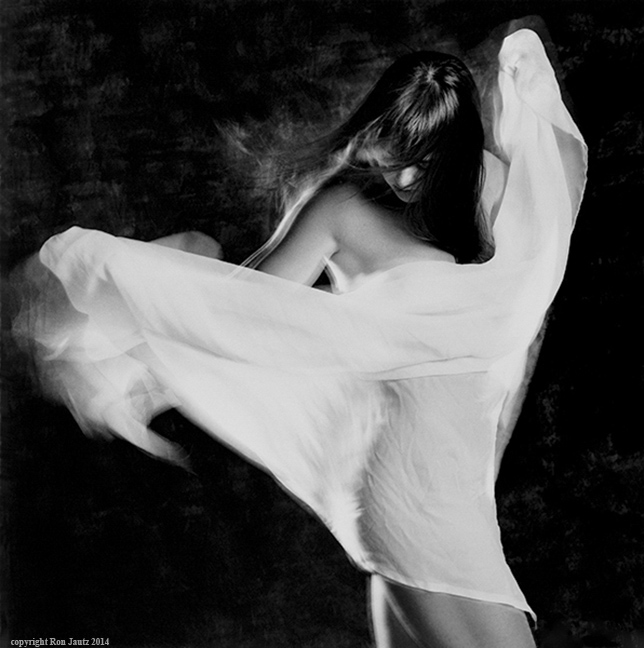My Mom thinks every picture I take is great; showing her my latest work is always an ego boost. The problem is, my Mom doesn't know squat about photography; she may know what she likes, but she doesn't have the expertise or ability to show me what I'm missing or how to make my images better. For me to grow, I have to seek out the opinions of others more knowledgeable about photography.
That's why I'm a big fan of having my work critiqued.
But let me add an important caveat: critiqued by knowledgeable people whom I respect and trust to be constructive and supportive.
You see, it's easy to be critical of someone and it seems almost human nature to cut others down. Don't ever expose yourself to those type of critiques, they are detrimental to your growth as a photographer.
I recently saw an on-line critique session and thought that very little of what was said was helpful, in fact, some of it was even belittling; the critique session was more entertainment than learning.
So why am I such a fan of critiques? Seeking help from others is the only way I'll ever see my blind spots. You can never know something you don't even know you don't know, that's why it's a blind spot. Until someone points out your blind spots you'll never get past them.
So any time you have the chance to have your work reviewed by someone experienced, knowledgeable, honest, kind and respectful, jump at the chance.
One final--but very important--point: be true and honest with yourself, too. In the end, it's your photo, your artwork; your own opinion is what matters most. No one has the vision you have for your work, so don't let anyone critique you out of your own vision, but always be open to seeing other points of view, that's how you grow.
With all that said, and being secure in my own artwork, what do you think of this image below? Go ahead, critique me!


























